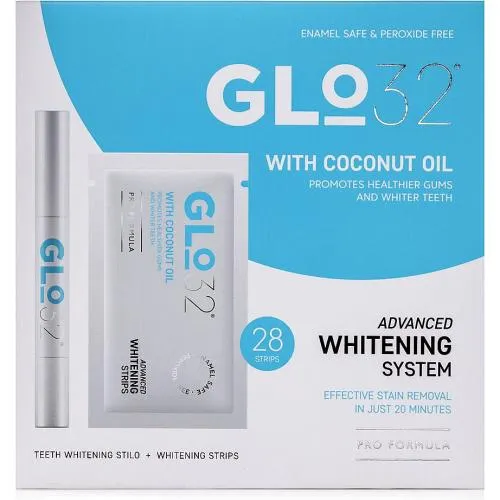Understanding Teeth Whitening Kits
Teeth whitening kits have become increasingly popular in the UK, offering a convenient and affordable way to brighten your smile from the comfort of your own home. But what exactly are these kits, and how do they work? Essentially, teeth whitening kits contain bleaching agents, typically hydrogen peroxide or carbamide peroxide, which penetrate the enamel of your teeth to break down stain molecules. This process, called oxidation, lightens the overall shade of your teeth, resulting in a visibly whiter smile. It’s important to remember that teeth whitening kits are designed for cosmetic purposes and are most effective on stains caused by aging, coffee, tea, and tobacco. They are not a permanent solution, and results can vary depending on the individual and the type of kit used. Choosing the right kit requires careful consideration of your needs, preferences, and the potential impact on your oral health.
Types of Teeth Whitening Kits Explained
The market offers various types of teeth whitening kits, each with its own advantages and disadvantages. Understanding these different options is crucial for making an informed decision. The most common types include whitening strips, whitening toothpastes, and whitening gels used with trays. Each type utilizes a different method for delivering the whitening agent to the teeth and offers varying levels of effectiveness and convenience. Consider your lifestyle, the severity of your stains, and your sensitivity levels when deciding which type of kit is best suited for you. It’s recommended to consult with a dentist to determine which type of kit would be most effective and safe for your specific oral health needs.
Whitening Strips
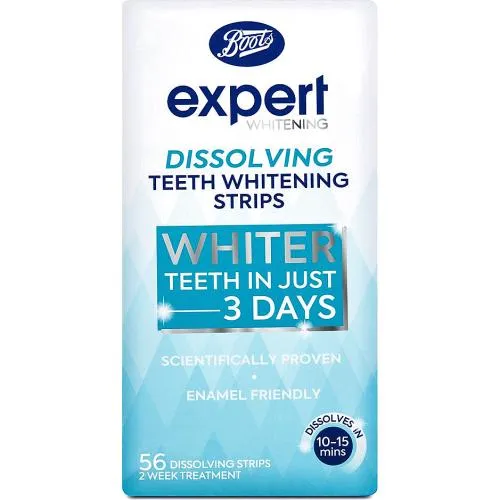
Whitening strips are thin, flexible strips coated with a whitening gel. They are designed to be applied directly to the teeth, adhering to the surface and delivering the bleaching agent. Strips are generally easy to use and are available over-the-counter in most pharmacies and online. They are a popular choice due to their convenience and affordability. However, the coverage of the strips may not always be uniform, and they might not reach every part of the tooth surface, particularly between teeth. Effectiveness can also vary, and some users may experience mild sensitivity. Ensure to follow the manufacturer’s instructions carefully for optimal results and to minimize potential side effects. Consider reading user reviews to understand the real-world experiences of others who have used the product.
Whitening Toothpastes
Whitening toothpastes contain mild abrasives and/or chemical agents to remove surface stains. While they can help to brighten teeth, they generally don’t change the underlying color. Whitening toothpastes are a convenient and affordable option for daily use, and they can be integrated into your regular oral hygiene routine. The effectiveness of whitening toothpastes is often limited to removing surface stains and may not provide dramatic whitening results. They are most effective when used regularly and in combination with other whitening methods. Always choose a whitening toothpaste that is approved by dental professionals. Be cautious when selecting toothpastes with high abrasion levels, as these can potentially damage enamel over time, leading to increased sensitivity.
Whitening Gels and Trays
Whitening gels are applied to custom-fitted or pre-formed trays that fit over the teeth. These trays ensure even distribution of the whitening agent and maximize contact with the tooth surfaces. This method can deliver more consistent results compared to strips or toothpastes. Custom trays, often provided by a dentist, offer a more precise fit and can enhance effectiveness. Pre-filled trays are available over-the-counter and are a convenient option for those seeking a more effective method than strips. The concentration of the bleaching agent can vary, with higher concentrations often delivering faster results but potentially increasing the risk of sensitivity. Ensure you follow the product’s instructions to avoid over-treatment and potential irritation. Consider consulting with a dentist before using this method, particularly if you have sensitive teeth.
Factors to Consider When Choosing a Kit
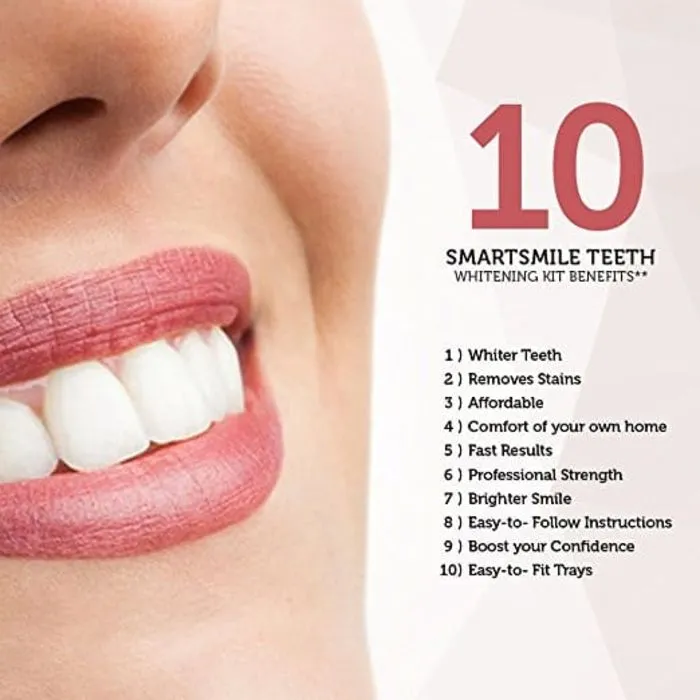
Several factors should be considered when choosing a teeth whitening kit in the UK to ensure it meets your needs and doesn’t compromise your oral health. These factors include your current oral health status, the severity of your tooth staining, your sensitivity levels, and your budget. If you have any existing dental work, such as fillings, crowns, or veneers, you must consider that whitening treatments will not change their color. Consult with your dentist to determine if the kit is compatible with your dental work. The strength of the whitening agent is another key factor; higher concentrations can deliver faster results but also increase the risk of sensitivity. Consider your lifestyle, and make sure the kit fits into your daily routine. Reading reviews, and seeking recommendations from friends or your dentist is valuable.
Sensitivity and Safety
Sensitivity is a common side effect of teeth whitening treatments, particularly those with higher concentrations of bleaching agents. Understanding how to manage sensitivity is vital for a comfortable experience. Some kits include desensitizing agents, such as potassium nitrate or fluoride, to help reduce sensitivity. Always follow the manufacturer’s instructions regarding application time and frequency to minimize the risk of sensitivity. If you experience excessive sensitivity, stop using the kit and consult your dentist. Consider the safety of the product; ensure the kit complies with UK regulations and has been approved for use. Review the ingredients, and if you have any known allergies, make sure the kit does not contain any harmful substances. It is always recommended to consult with your dentist before starting any teeth whitening treatment, especially if you have underlying dental issues.
Effectiveness and Ingredients
The effectiveness of a teeth whitening kit depends on the concentration of the active ingredient (usually hydrogen peroxide or carbamide peroxide), the application method, and the duration of use. Hydrogen peroxide is a stronger bleaching agent, while carbamide peroxide breaks down into hydrogen peroxide over time. For more dramatic results, you might need to opt for a kit with a higher concentration of the active ingredient. Always consider the ingredients listed on the product packaging. Avoid kits containing harmful chemicals or substances that have not been approved for oral use. Some kits may also contain other ingredients, such as desensitizing agents or flavourings. Read the ingredient list, and consult with a dentist if you have any concerns about specific components. Be aware that results can vary depending on the severity of your stains and your teeth’s natural shade.
Ease of Use and Application
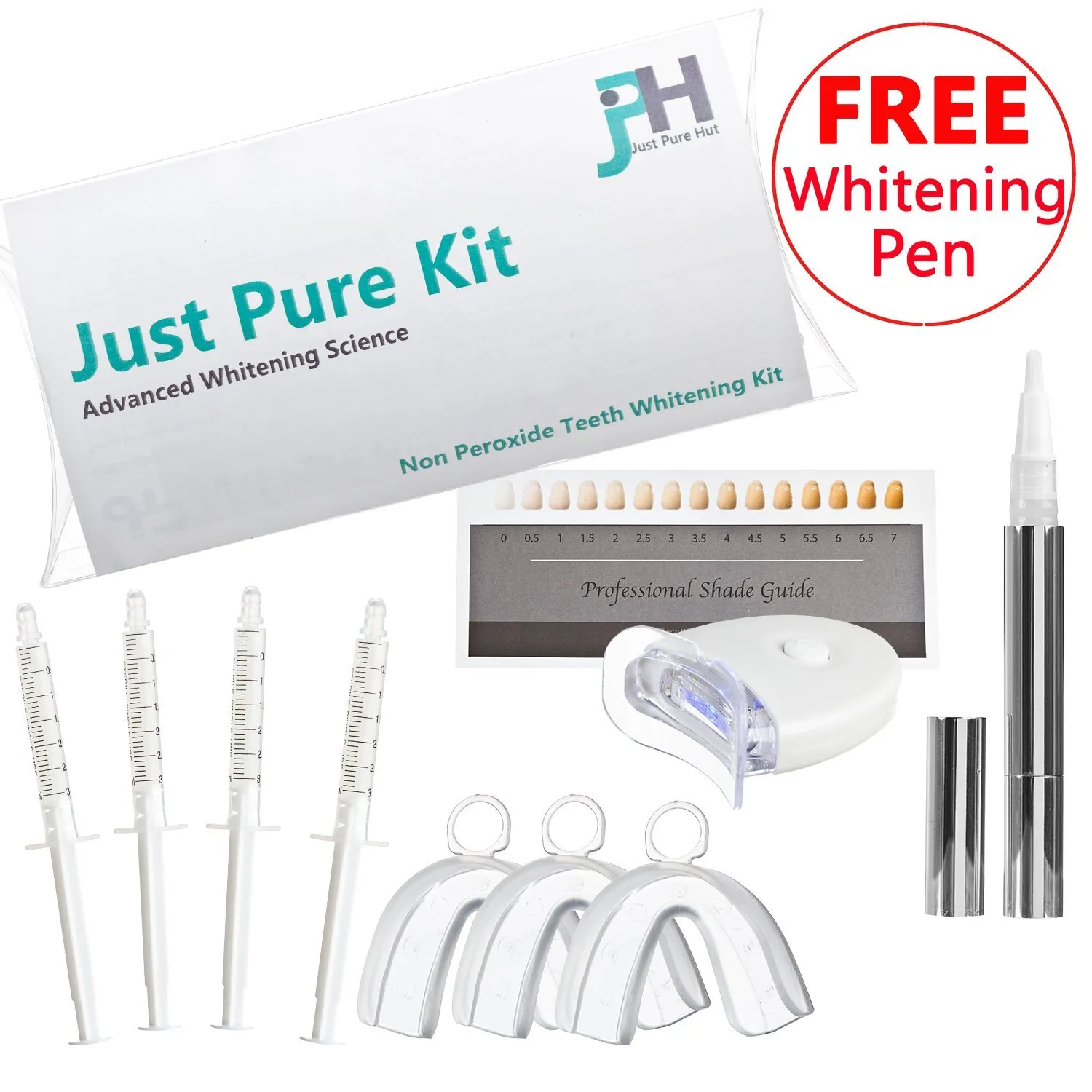
Consider how easy the kit is to use and how well it fits into your daily routine. Whitening strips are generally easy to apply and require minimal time. Whitening toothpastes are also simple to use, as they are integrated into your daily brushing. Whitening gels with trays may require a little more time and effort, as you must accurately apply the gel to the trays and ensure a proper fit. Consider whether you’re comfortable with the application process and whether it fits into your lifestyle. Some kits come with detailed instructions, while others provide limited information. Always follow the instructions carefully to ensure you get the best results and minimize potential side effects. If the kit involves using trays, ensure they fit comfortably and securely to prevent the gel from leaking or irritating your gums. Select a kit that is easy to use and apply so it fits into your lifestyle.
Reviews and Recommendations
Before purchasing a teeth whitening kit, read reviews and seek recommendations from trusted sources. Online reviews provide insight into the effectiveness, ease of use, and potential side effects of various products. Look for reviews from a variety of users to get a balanced perspective. Consider recommendations from dental professionals, as they can provide valuable insights and guidance. Check for reviews on independent websites and forums to gain unbiased information. Don’t only focus on positive reviews; also, read about any negative experiences, as this can help you identify potential drawbacks. Be wary of exaggerated claims or overly positive reviews that might be fabricated. Use reviews as a guide to help you decide which kit is most likely to meet your needs and provide satisfying results.
Top Teeth Whitening Kit Brands UK
Several brands offer highly-rated teeth whitening kits in the UK. These brands often invest in research and development and produce high-quality products. When choosing, consider the brand’s reputation, customer reviews, and the range of products they offer. Research the brand’s history and any certifications or approvals they might have. Look for brands that are recommended by dental professionals. Popular brands include those that are known for their effectiveness, safety, and ease of use. Consider the price point and whether the brand offers a good value for money. Be sure to check the product details to learn the features and benefits and determine if they meet your specific needs. Consider customer reviews to gauge other people’s experience with the brand.
How to Use Teeth Whitening Kits Properly
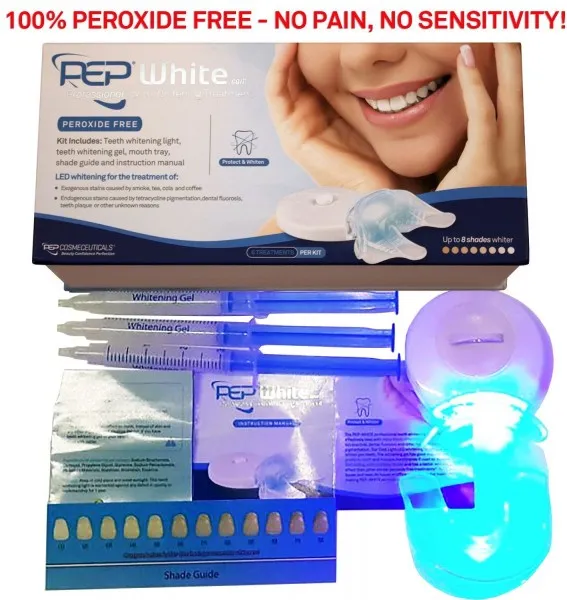
To ensure you get the best results and minimize potential risks, it’s essential to use teeth whitening kits properly. Always follow the manufacturer’s instructions carefully, paying attention to the application method, duration, and frequency. Before applying the kit, brush and floss your teeth to remove any food particles or debris. Apply the whitening agent as directed, ensuring that it covers the teeth evenly. Avoid eating or drinking during the whitening process. Rinse your mouth thoroughly after use to remove any remaining gel or residue. Monitor your teeth for any signs of sensitivity or irritation. Be consistent with the application schedule for the recommended duration. If you have any concerns, consult your dentist. Always seek professional guidance for the best and safest results.
Step by Step Instructions for Application
The steps for applying a teeth whitening kit vary depending on the type of kit you choose, but here’s a general guide to help you: Begin by brushing your teeth thoroughly with a regular toothpaste and flossing to remove any food particles. For strips, carefully peel them from the backing and apply them to your upper and lower teeth, ensuring the gel side contacts your teeth. For trays, apply the whitening gel evenly into the trays and insert them into your mouth, making sure they fit securely. Leave the strips or trays in place for the time specified by the manufacturer, typically 30 minutes to an hour. After the treatment time, remove the strips or trays and rinse your mouth with water. Avoid swallowing any of the whitening gel. Clean your teeth again to remove any residue. Always adhere to the application instructions provided with your specific kit for the best results and safety.
Tips for Maintaining Your Results
Once you’ve achieved your desired level of whiteness, you’ll want to maintain those results. Practice good oral hygiene by brushing your teeth twice a day with fluoride toothpaste and flossing daily. Avoid or limit foods and drinks that can stain your teeth, such as coffee, tea, red wine, and berries. Consider using a whitening toothpaste or mouthwash to help maintain brightness. Regular dental checkups and cleanings can also help remove surface stains and keep your teeth looking their best. You may need to undergo touch-up treatments periodically, depending on your diet, lifestyle, and the type of whitening kit used. Follow your dentist’s recommendations for maintaining your results. Schedule regular appointments with your dentist for checkups and cleanings to maintain your bright smile.
Potential Side Effects and How to Manage Them
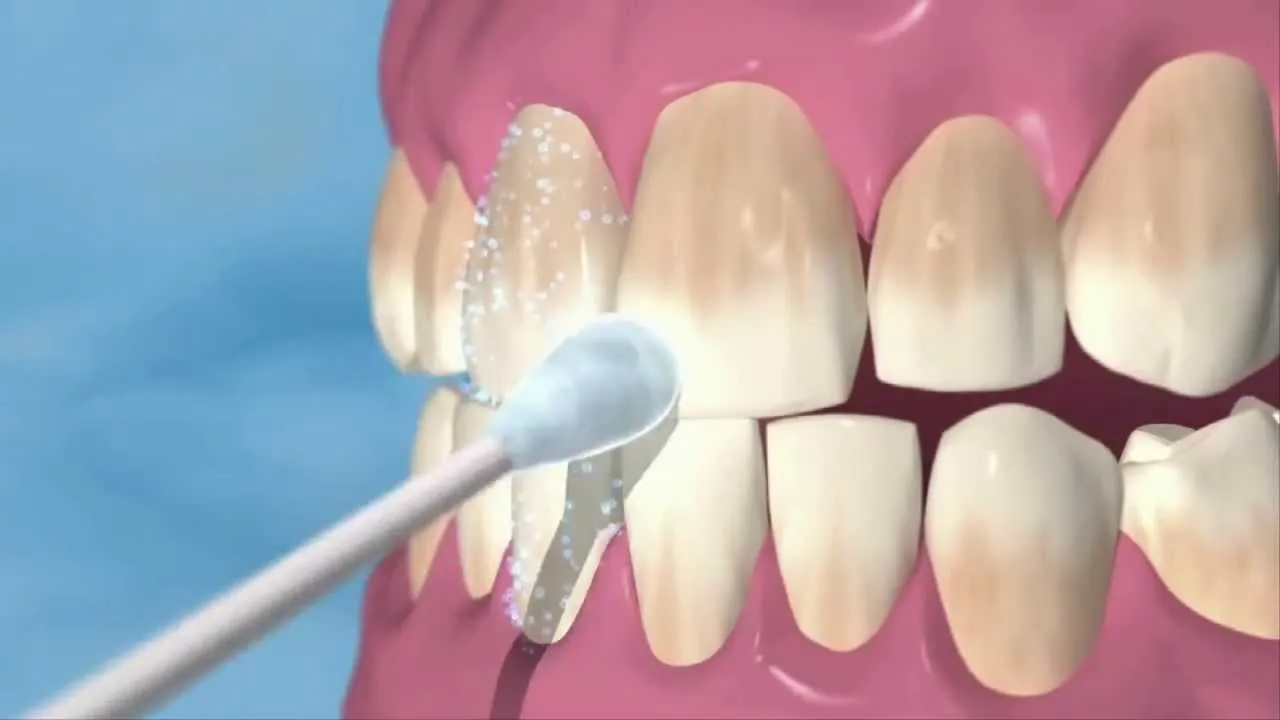
While teeth whitening kits are generally safe, they can cause side effects. Sensitivity to hot or cold temperatures is a common side effect. This can often be managed by using a desensitizing toothpaste before, during, and after your treatment. Gum irritation is another potential side effect; this can occur if the whitening agent comes into contact with your gums. Ensure proper application to avoid contact with the gums. Discontinue use and consult your dentist if irritation persists. In rare cases, some individuals may experience tooth pain or discomfort. Again, discontinue use and consult your dentist if this occurs. Always follow the manufacturer’s instructions and do not overuse the kit. Consult your dentist before starting any teeth whitening treatment, especially if you have existing dental issues or sensitivities. Regular dental checkups can help ensure the ongoing health of your teeth.
Conclusion
Choosing the right teeth whitening kit in the UK involves careful consideration of various factors, including the type of kit, your individual needs, and your oral health. By understanding the different options available, considering key factors such as sensitivity and ingredients, and following proper application guidelines, you can achieve a brighter, more confident smile. Remember to prioritize safety and consult with your dentist before beginning any teeth whitening treatment. With the right kit and proper care, you can enjoy a dazzling smile and maintain it for years to come.
